To securely remove mold from furniture, first identify the mold type and affected material. Wear protective gear such as gloves, goggles, and a HEPA filter mask for safety. Start by vacuuming the surface with a HEPA filter vacuum to capture mold spores. Apply a suitable cleaning solution —water with detergent for light mold on finished surfaces, or diluted bleach for tougher stains. For gentle cleaning, use white vinegar . If necessary, sand the area gently and refinish the surface to remove all mold traces. Make sure the furniture is completely dry and well-ventilated after cleaning. Undertaking these steps will help maintain the integrity of your furniture while protecting your health. More insights can be gleaned by following this thorough guideline .
Identifying Mold on Furniture

Identifying mold on furniture involves looking for signs such as fuzzy, slimy, or discolored patches , often accompanied by a musty odor . These visible molds, particularly notorious varieties like black mold (Stachybotrys chartarum), indicate serious health risks due to their potential to release harmful spores . Mold thrives in environments where there is water damage or excessive moisture accumulation , making it important to manage humidity levels within indoor spaces.
Early detection is key to simplifying the cleaning process and preventing the spread of mold. When inspecting furniture, look for any areas that feel damp or show signs of water damage, as these are likely spots for mold growth. A proactive approach involves regularly checking places where moisture is common, such as near windows, beneath sinks, or around air conditioning units.
Addressing mold at the first sign of its presence can greatly reduce the health risks associated with it and aid in maintaining the integrity of the furniture. The cleaning process, when initiated early, can be more effective, ensuring that the infestation is contained and eradicated before it becomes widespread. Recognizing the signs of mold promptly not only preserves the item but also safeguards the environment from potential contamination.
Safety Precautions and Gear
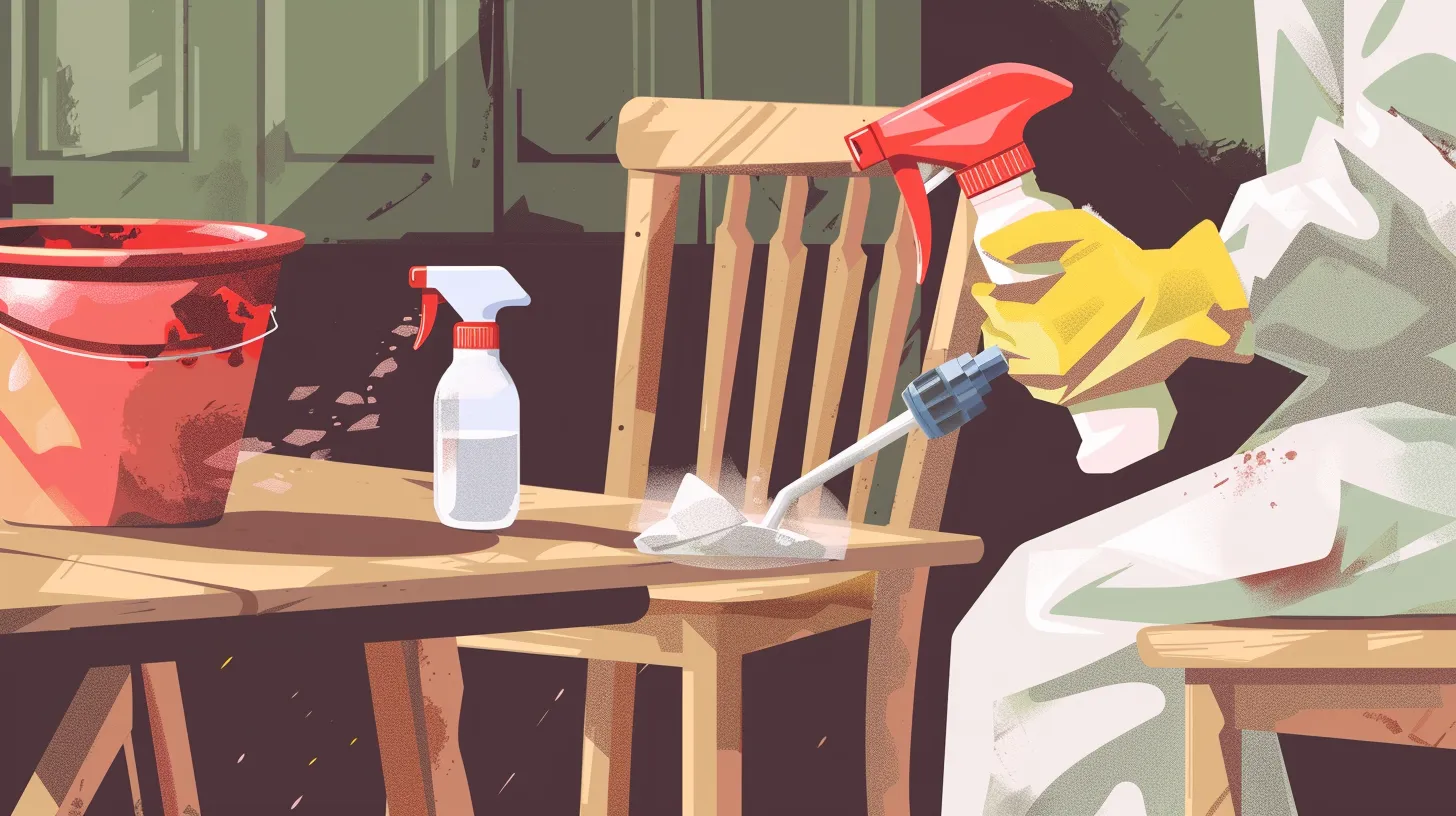
When removing mold from furniture, it is essential to wear appropriate safety gear , including goggles, gloves, a HEPA filter face mask , and coveralls , to protect against health risks. These safety precautions are essential not only to prevent direct skin contact with mold and its byproducts but also to avoid inhaling airborne spores that could lead to respiratory issues . The protective gear serves as a barrier against the potential allergens and irritants present in mold-infested environments.
Moreover, ensuring adequate ventilation in the area where mold removal is taking place is crucial. This helps in dispersing any volatile organic compounds and other hazardous chemicals that might be released during the cleaning process. Breathing chemicals used in mold remediation can pose serious health risks; thus, maintaining a well-ventilated workspace is imperative.
Tools and Materials Needed
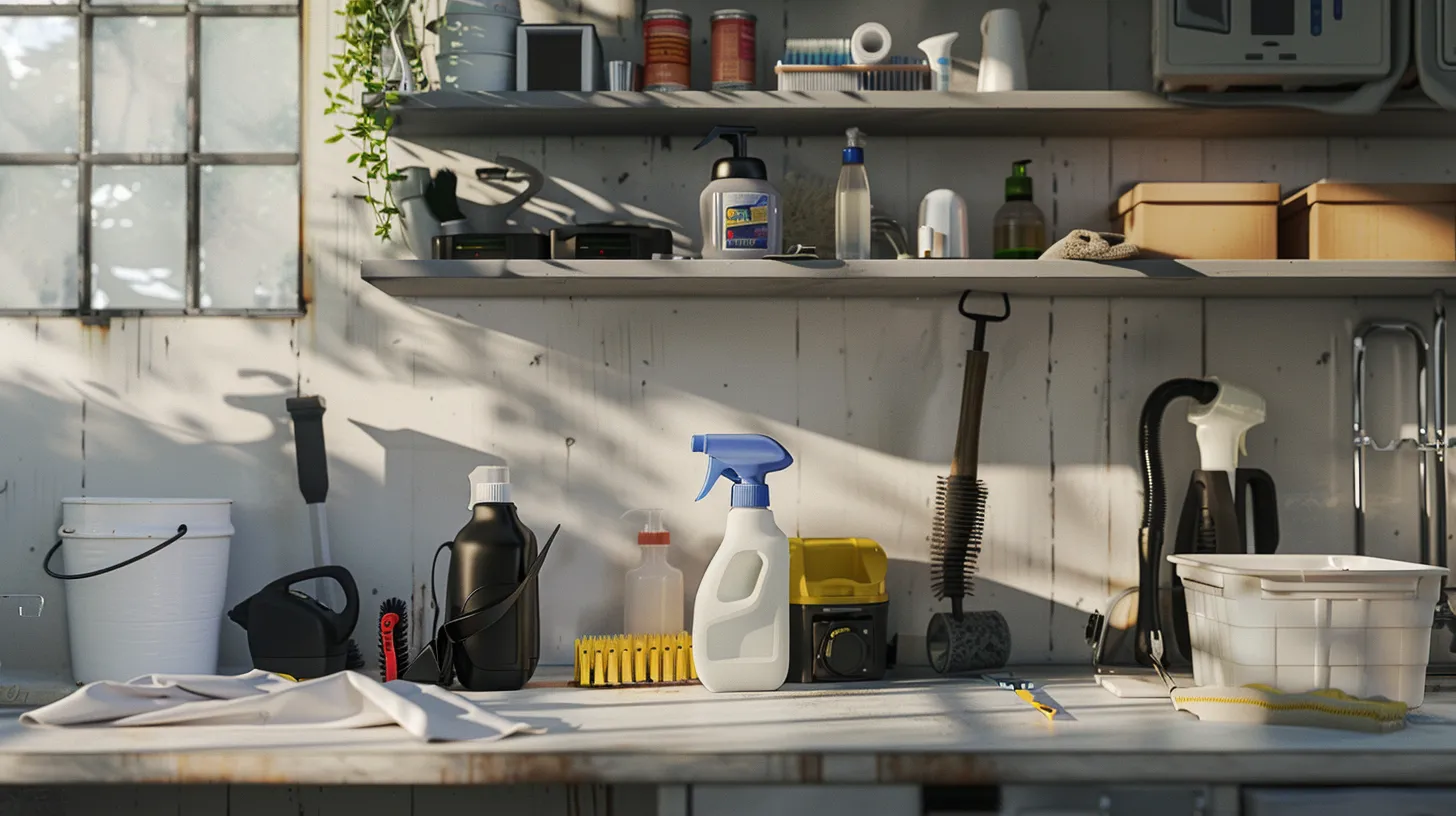
Having covered the necessary safety precautions, we now turn our attention to the specific tools and materials required for effectively removing mold from furniture. A HEPA filter vacuum is indispensable for capturing mold spores, making sure they aren't spread throughout the environment during cleanup. A soft brush or cloth will be necessary for gentle scrubbing without damaging the furniture surfaces.
For tackling the mold itself, a cleaning solution is essential. Although specifics on creating this solution will follow, it is important to note that ingredients like white vinegar are commonly used due to their effectiveness and safety on various materials. Sandpaper may be required to remove mold from harder surfaces, especially where the infestation has caused more significant damage.
Protective gear is non-negotiable to guarantee safety during the mold removal process. Safety goggles and gloves protect against direct contact with mold and cleaning chemicals. A face mask , preferably an N95 , will help prevent inhalation of harmful spores. Additionally, disposable coveralls can be worn to protect and easily dispose of any mold spores that may cling to clothing.
Having these tools and materials prepared and at hand will not only streamline the mold removal process but also enhance safety and efficacy.
Cleaning Solutions Preparation
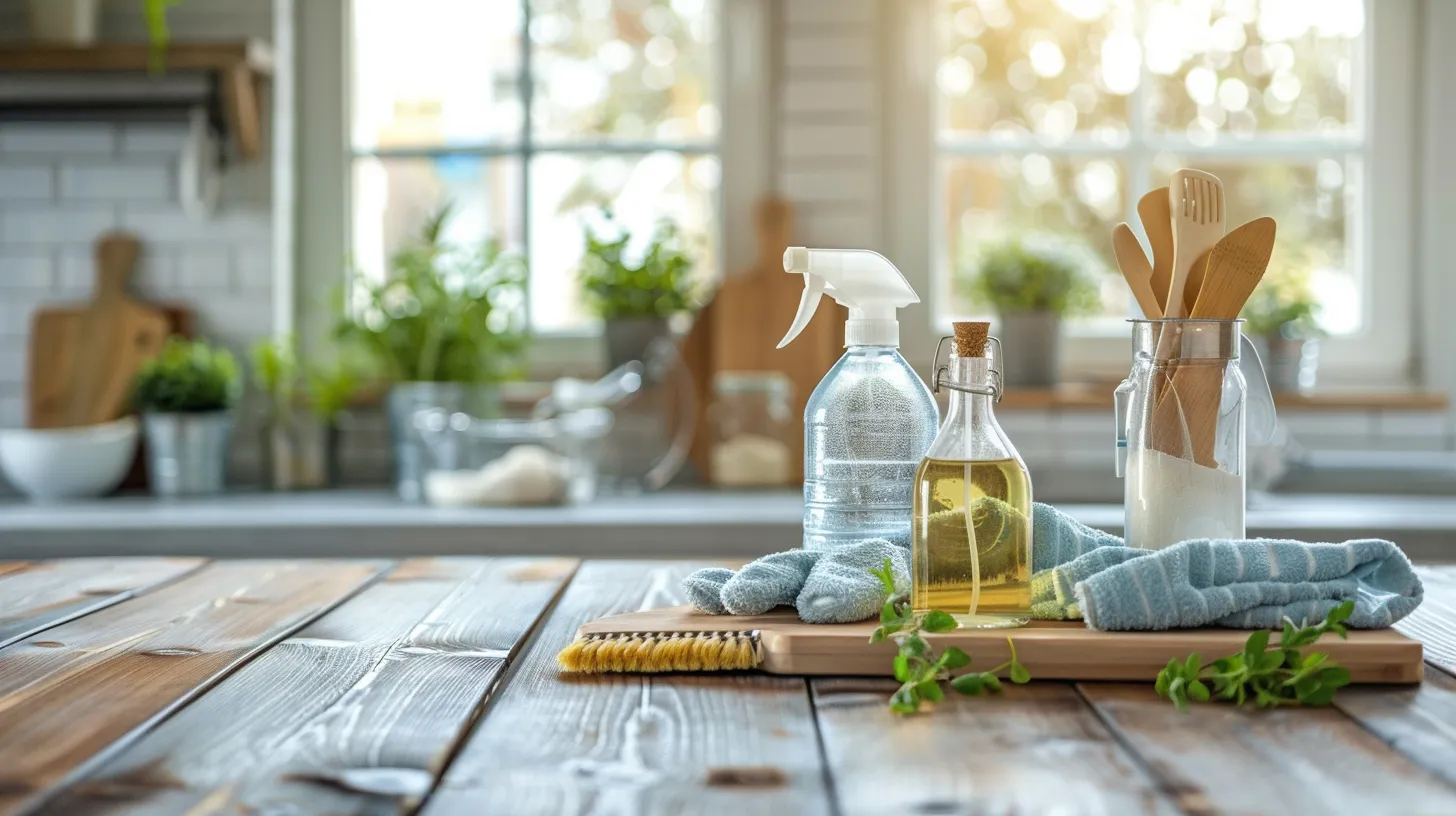
To effectively remove mold from furniture , it is vital to prepare the appropriate cleaning solution based on the material and severity of the mold infestation. For general mold issues on painted or finished wood surfaces , a simple mixture of water and liquid detergent often suffices. This essential solution helps clean the surface without risking damage to the furniture. It is imperative to use different cleaning solutions tailored to the specific type of wood to make sure the mold is thoroughly eradicated without harming the material.
For more persistent or tough mold stains, a stronger concoction may be necessary. Diluting chlorine bleach with water and a bit of detergent can create a potent mixture capable of addressing severe mold issues on various types of wood. However, the proper application of this solution is critical; it's important to avoid excess moisture, which can further damage the wood or lead to additional mold growth.
Alternatively, white vinegar offers a gentler approach for mold removal. It is particularly useful for those seeking a less abrasive method and is effective on various surfaces. Regardless of the choice of cleaning solution, ensuring it is correctly formulated and applied is paramount to protect the furniture from unnecessary damage while effectively removing mold.
Step-by-Step Removal Process
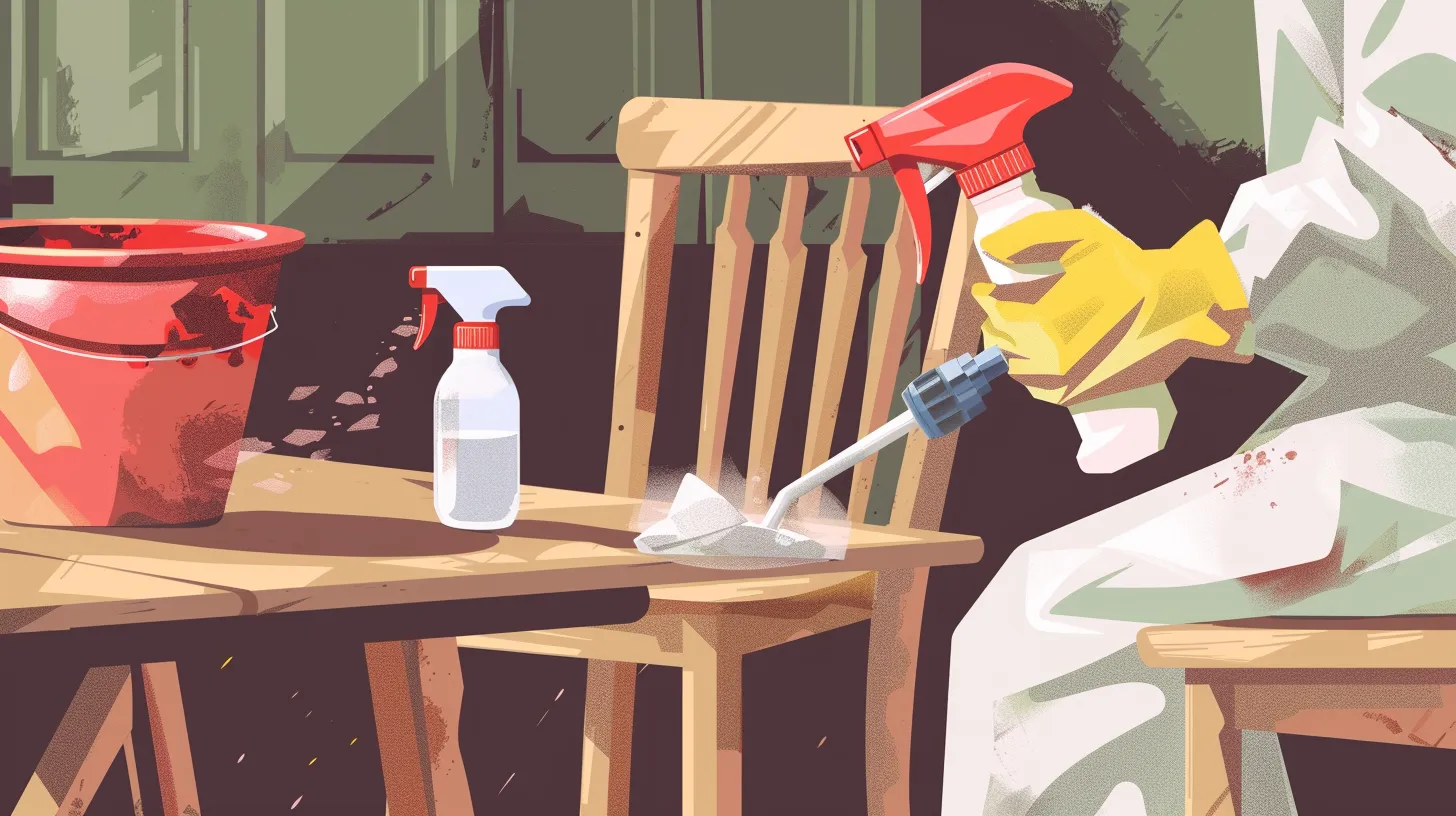
Begin the mold removal process by first identifying the type of mold present on the furniture to choose the most effective cleaning method. This step is critical in determining whether a simple soap solution or a stronger vinegar solution is required, especially for delicate materials like wooden furniture.
Once the mold type is identified, wear protective gear , including gloves, goggles, and a mask with a HEPA filter , to safeguard against inhaling harmful spores. This is essential for personal safety when attempting to clean mold.
Using a vacuum equipped with a HEPA filter, thoroughly remove loose mold spores from the furniture surface. This helps prevent the spread of mold to other areas during the cleaning process. After vacuuming, apply the chosen cleaning solution . For many surfaces, a vinegar solution can effectively kill mold and prevent mold growth without damaging the material.
If the furniture is heavily affected, it might be necessary to sand the area gently and apply a refinishing coat . This not only restores the look of the wooden furniture but also adds a protective layer to prevent future mold.
Maintain regular cleaning and monitor indoor humidity levels to minimize mold recurrence , ensuring the longevity and safety of your furniture.
Drying and Ventilating Furniture
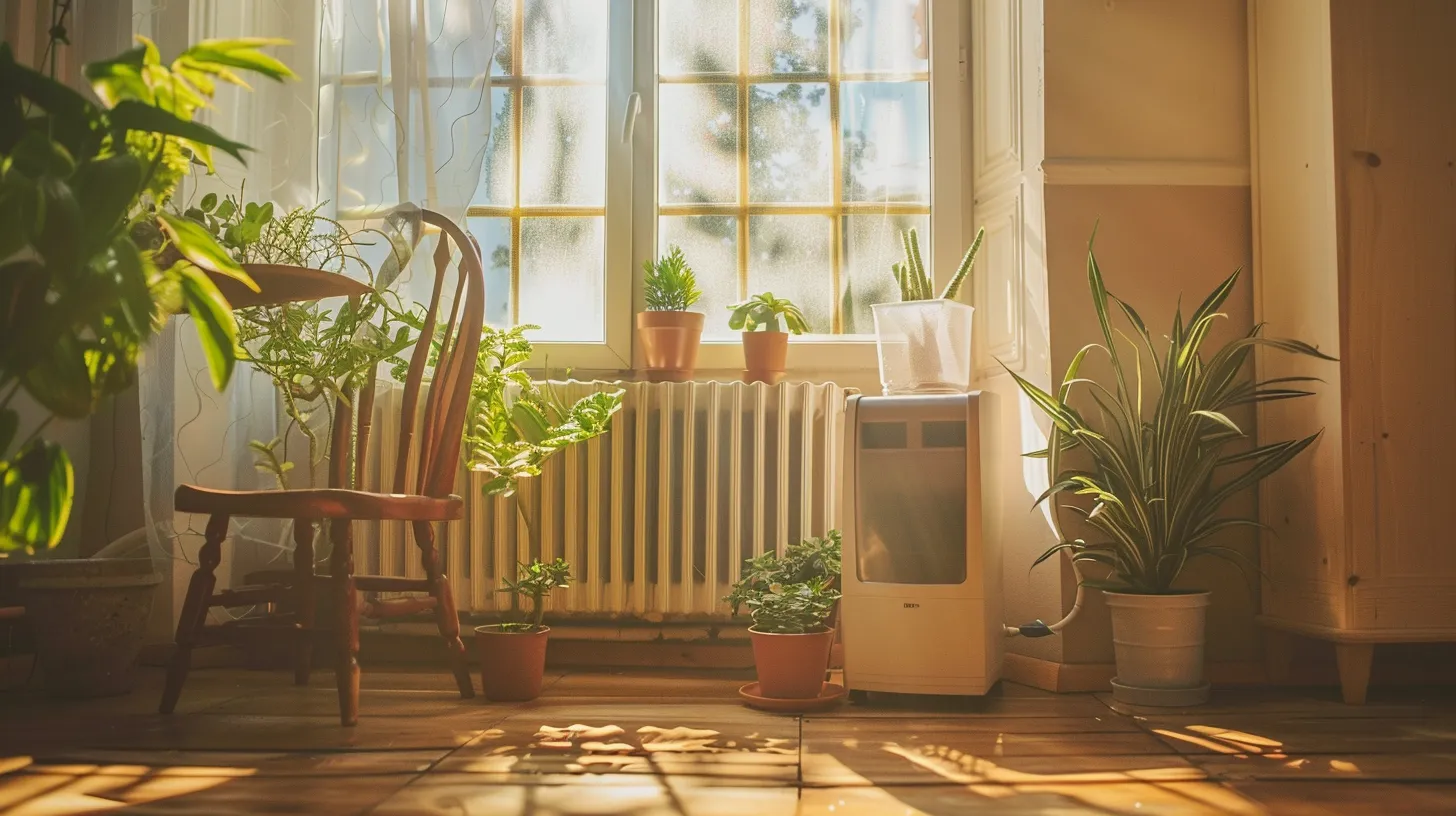
After cleaning, thoroughly dry and ventilate the furniture to guarantee that all moisture is eliminated, preventing the possibility of mold reformation. Making sure that furniture surfaces are completely dry is vital, as residual moisture can be a breeding ground for mold regrowth. Utilize fans or open windows to enhance air circulation around the cleaned items, speeding up the drying process. This step not only aids in moisture evaporation but also prevents mold spores from settling and growing anew.
Positioning the furniture in a well-ventilated area is another effective strategy to ensure proper air circulation. This setup enhances ventilation, which is key in the drying process and greatly reduces the risk of mold returning. Safety tips during this phase include avoiding enclosed, damp environments, as these can counteract the drying efforts and possibly lead to further mold issues.
Preventive Measures for Mold
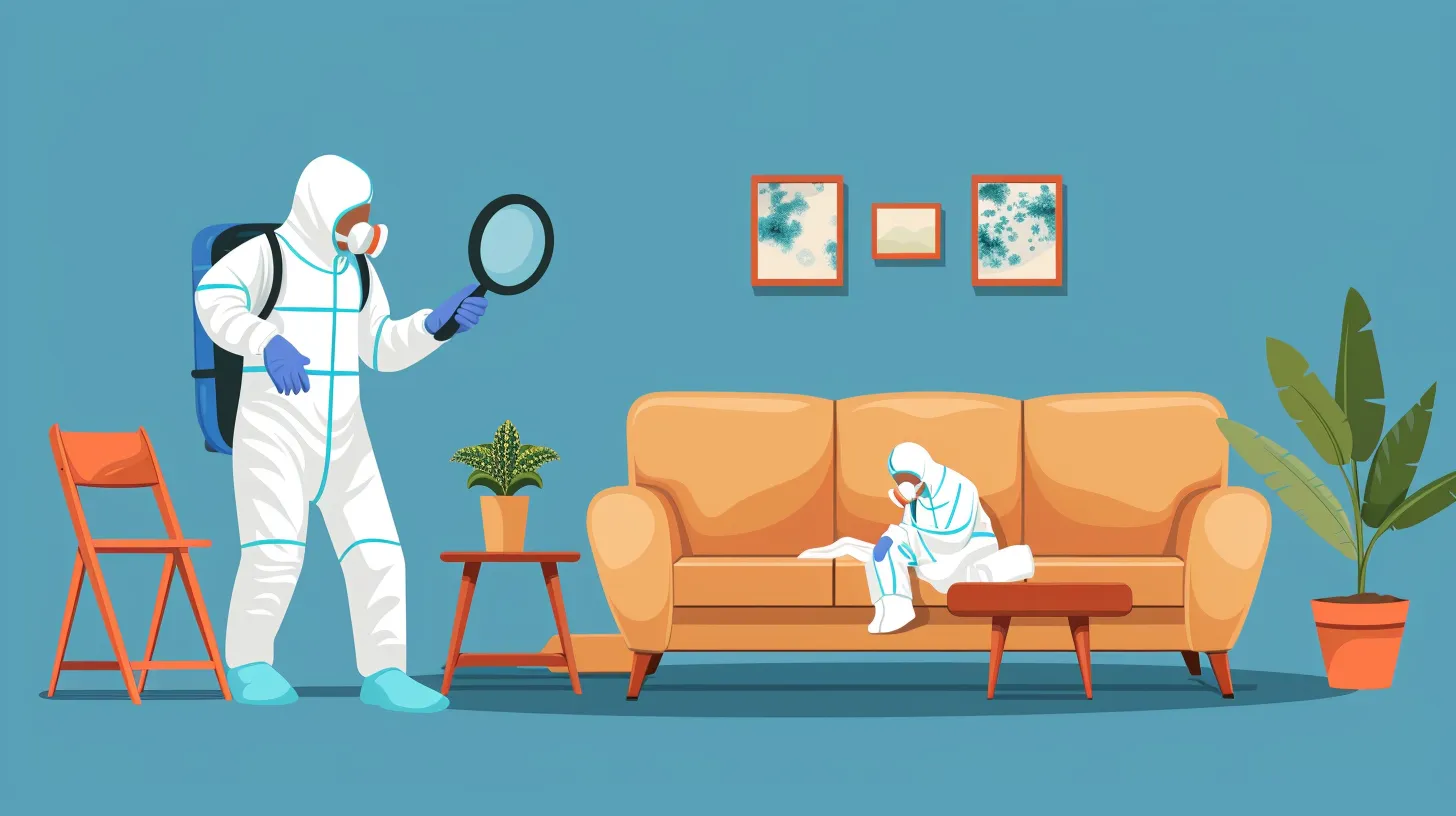
Having discussed the importance of drying and ventilating furniture, it is equally vital to implement preventive measures to guarantee mold does not recur. Regular inspection of furniture for signs of moisture and mold growth is essential in forestalling extensive damage. This proactive approach allows homeowners to address potential issues before they escalate.
Maintaining proper ventilation throughout living spaces is another key strategy. It ensures that moisture does not accumulate, creating an environment less conducive to mold growth. Similarly, using dehumidifiers in particularly humid climates can greatly inhibit mold growth on furniture surfaces by reducing the overall air moisture.
Addressing water leaks and spills promptly is critical in preventing mold-friendly conditions. Quick action not only preserves the integrity of the furniture but also prevents the spread of mold throughout the home. Additionally, the application of mold inhibitors on furniture can further safeguard against potential infestations. These treatments create a protective barrier that deters mold from taking hold.
When to Consult Professionals
Severe mold infestations often require the expertise of professionals to guarantee thorough and safe remediation. When dealing with such scenarios, it's important to seek professional help, especially if the affected items include vintage furniture or pieces made from delicate fabrics . Mold removal services utilize specialized solutions that are less likely to harm these sensitive materials while effectively eradicating mold.
Additionally, wood furniture requires careful handling during mold removal to preserve its integrity and appearance. Professional teams are equipped with the right tools and techniques to clean wood surfaces without causing damage. This is particularly important for intricate furniture designs, where mold can hide in hard-to-reach nooks and crannies, making DIY cleaning efforts insufficient and potentially risky.
For heavily water-damaged furniture , professional intervention becomes even more vital. Such items are not only more susceptible to severe mold infestations but also to structural weaknesses that can be exacerbated by improper cleaning methods. Professionals assess the extent of water damage and mold growth to apply the most appropriate and effective treatment, ensuring the furniture's longevity and your safety.










